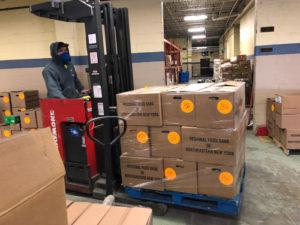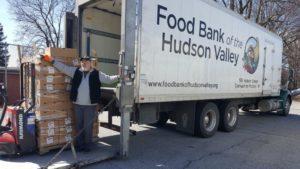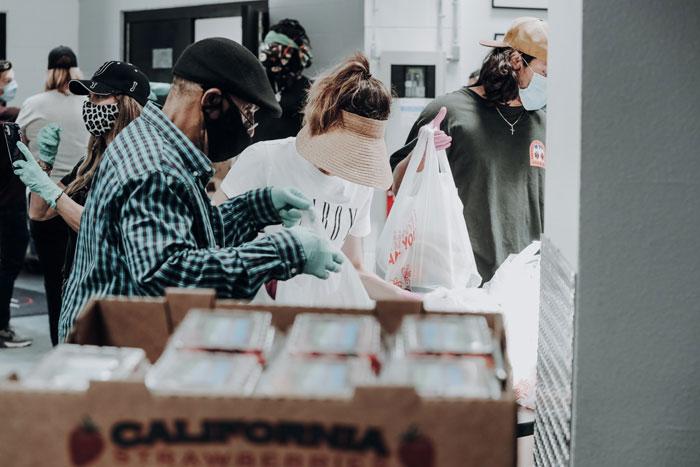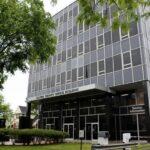
HUDSON VALLEY- A recently released study by Feeding America has found that 1 in 9 people in the Reginal Food Bank of Northeastern New York’s 23-county service area, which includes the Hudson Valley, Catskills, Mid-Hudson, and Capital regions of the state, are living with food insecurity. This is an increase of nearly 90,000 people from last year where the same study found that 1 in 12 individuals were food insecure.
The Map the Meal Gap study is only one such tool that provides local-level estimates of food insecurity and food costs, the USDA also reports similar data which showed a sharp increase in food insecurity in 2022 amidst historically high food prices and the expiration of many pandemic-era programs.
“These new statistics are deeply troubling, and sadly confirm everything that the Regional Food Bank and our 1,000 partner agencies have been feeling this past year,” said Tom Nardacci, CEO of the Regional Food Bank. “Neighbors in need are being forced to make hard choices between household expenses – rent, electricity, childcare, transportation, health care bills. And mostly, they have had to choose to buy less food.”
According to the study, in the six Hudson Valley counties (Orange, Ulster, Dutchess, Rockland, Sullivan, and Putnam) served by the Regional Food Bank, there are more than 154,000 individuals experiencing food insecurity. Of counties in the region, Putman County’s food insecurity rate was the lowest at 8.4 percent and Sullivan County’s was the highest at 13.1 percent.

The study also found that food insecurity rates amongst children are even higher then the average, with 15 percent, or 1 in 7, being food insecure. Racial disparities also exist, with significant variations in food insecurity rates across different racial and ethnic groups. Locally, white residents experience a food insecurity rate of 8 percent while the food insecurity rate for black and Hispanic populations is 21 percent.
Adding to the struggle when it comes to food security is the increasing cost of meals. The study revealed that regionally, the cost per meal exceeds the national average of $3.99, coming in at $4.18, a 12 percent increase compared to last year. This cost marks the highest point in the last two decades, even after adjusting for inflation.
“Hunger is indeed an epidemic, and this data comes at a time when contributions to the charitable food system continue to fade year-over-year since the pandemic,” said Nardacci. “We need more support right now to support neighbors in need from all levels of government, from philanthropic organizations and caring individuals.”








